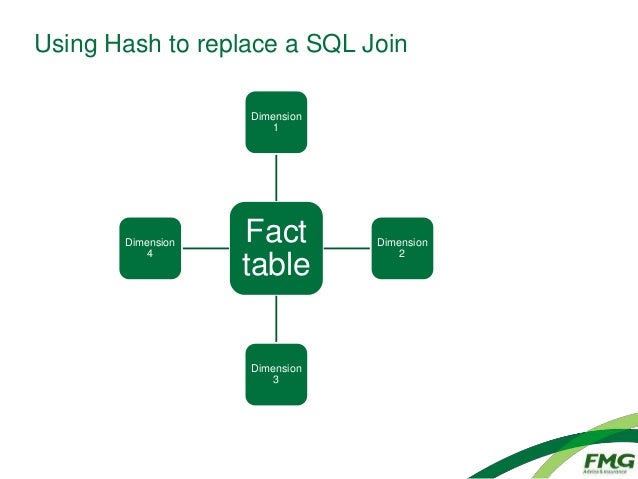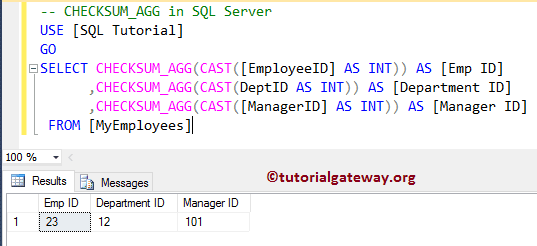
I don't generally use it (In fact, I've never used it). Is a small chance that the checksum will not change.īased on the last 2 sentences, I'm not sure of it's reliability. If one of the values in the expression listĬhanges, the checksum of the list also generally changes.



For this definition, null values of a specified type areĬonsidered to compare as equal. The two lists have the same type and are equal when compared using the equals Two lists of expressions returns the same value if the corresponding elements of In the Remarks section of the SQL 2005 BOL it says this If you have a table with a large amount of rows you will see that both functions generate the same "hash" for rows with diferent data. I try unsucefull use checksum and binary_checksum to identify duplicated rows in my database. When an MD5 hash algorithm is specified, the probability of HashBytes returning the same result for two different inputs is much lower than that of CHECKSUM."Īgreed that the hashes may be the same on two different rows.Ĭan you include or exclude particular columns to see if the hash will still meet your business rules and be unique? For this reason, we do not recommend using CHECKSUM to detect whether values have changed, unless your application can tolerate occasionally missing a change. "However, there is a small chance that the checksum will not change. Microsoft recommends using HASHBYTES with the MD5 algorithm to avoid the problem of identical hashcodes being created.
#SQL CHECKSUM UPDATE#

What are some of the caveats with using any of the CHECKSUM functions? However, if significant number of comparisons are made with a large number of columns, then this option should be researched further and tested for performance improvements over individual comparisons outlined in the first set of code. So if your performing very few entire row (or just about every column in the row) comparisons then ad-hoc comparisons may be optimal. In order for this query to be successful, it is necessary to build the CHECKSUM value ahead of time when inserting the data in order to perform the comparison in subsequent code. Without a CHECKSUM you would need to do the following:ĭownload the sample code here from the image above.Ĭompare the UPDATE code from the first example to this one using the CHECKSUM function. This would be helpful in a situation where all of the rows in a table need to be compared in order to perform an UPDATE. One example of using a CHECKSUM is to store the unique value for the entire row in a column for later comparison. The CHECKSUM is intended to build a hash index based on an expression or column list. What is the purpose of the using the CHECKSUM functionality?


 0 kommentar(er)
0 kommentar(er)
